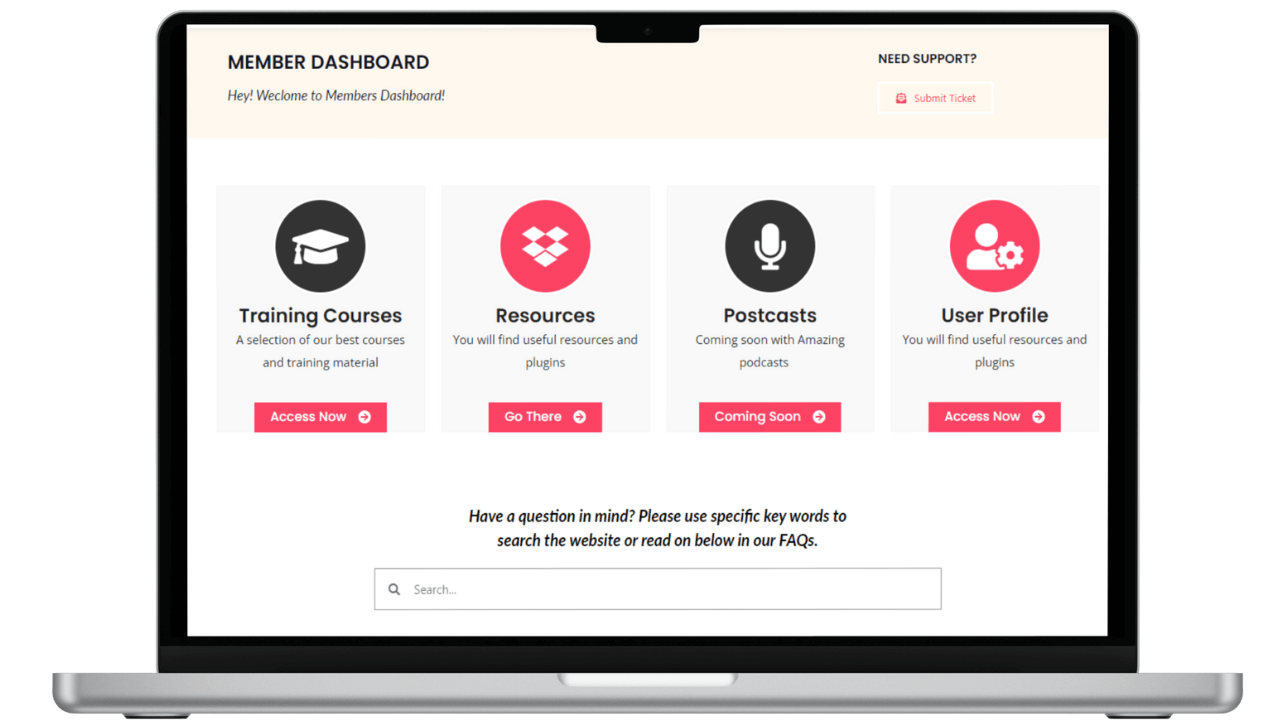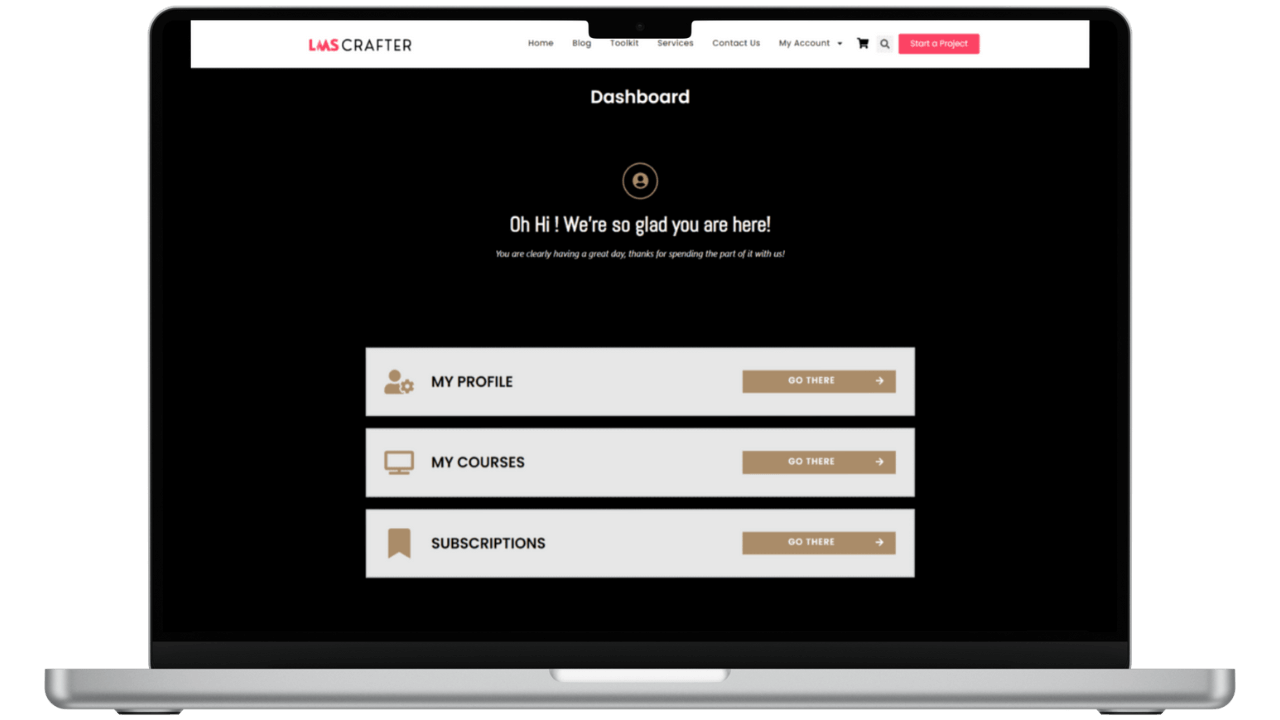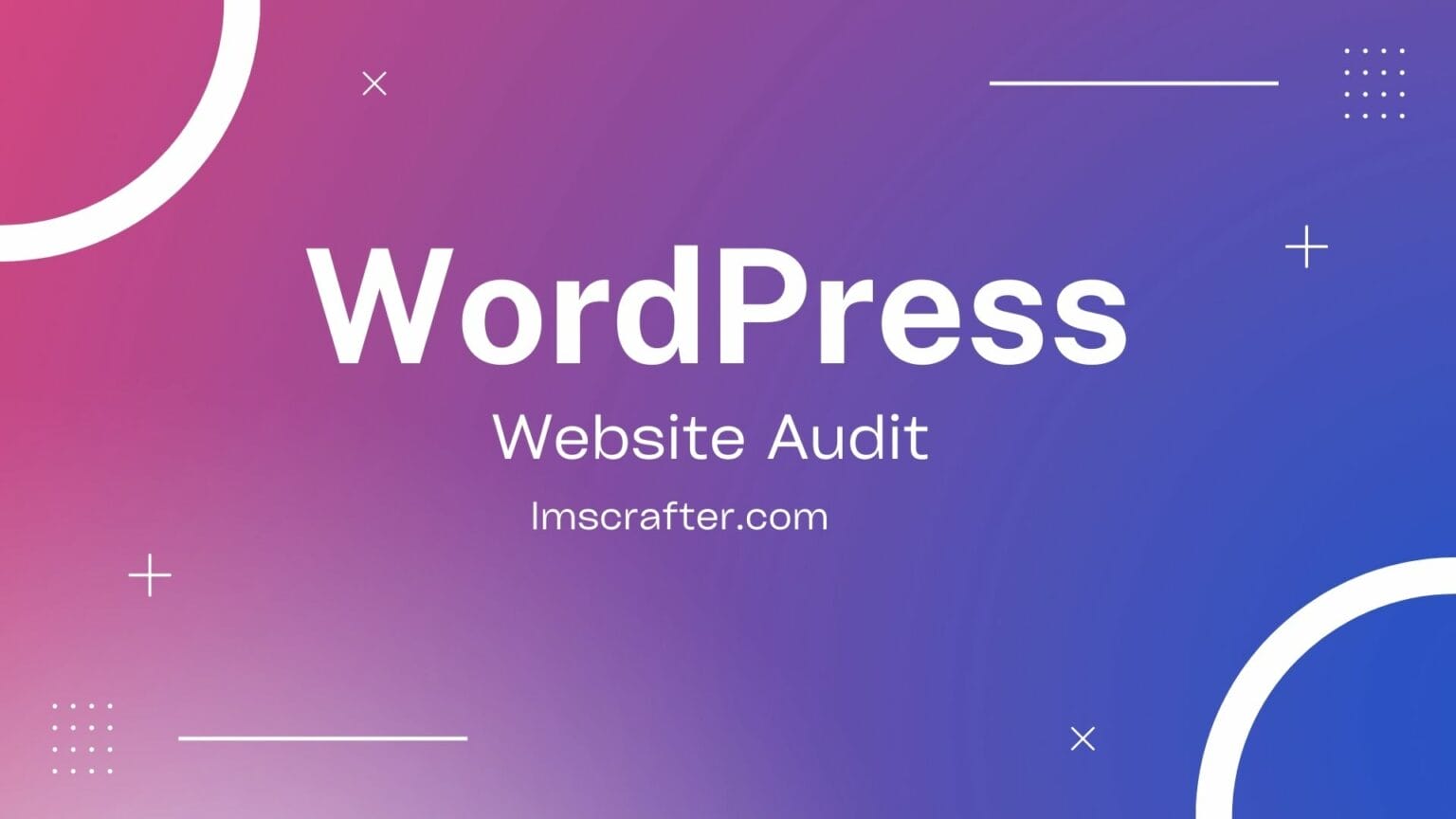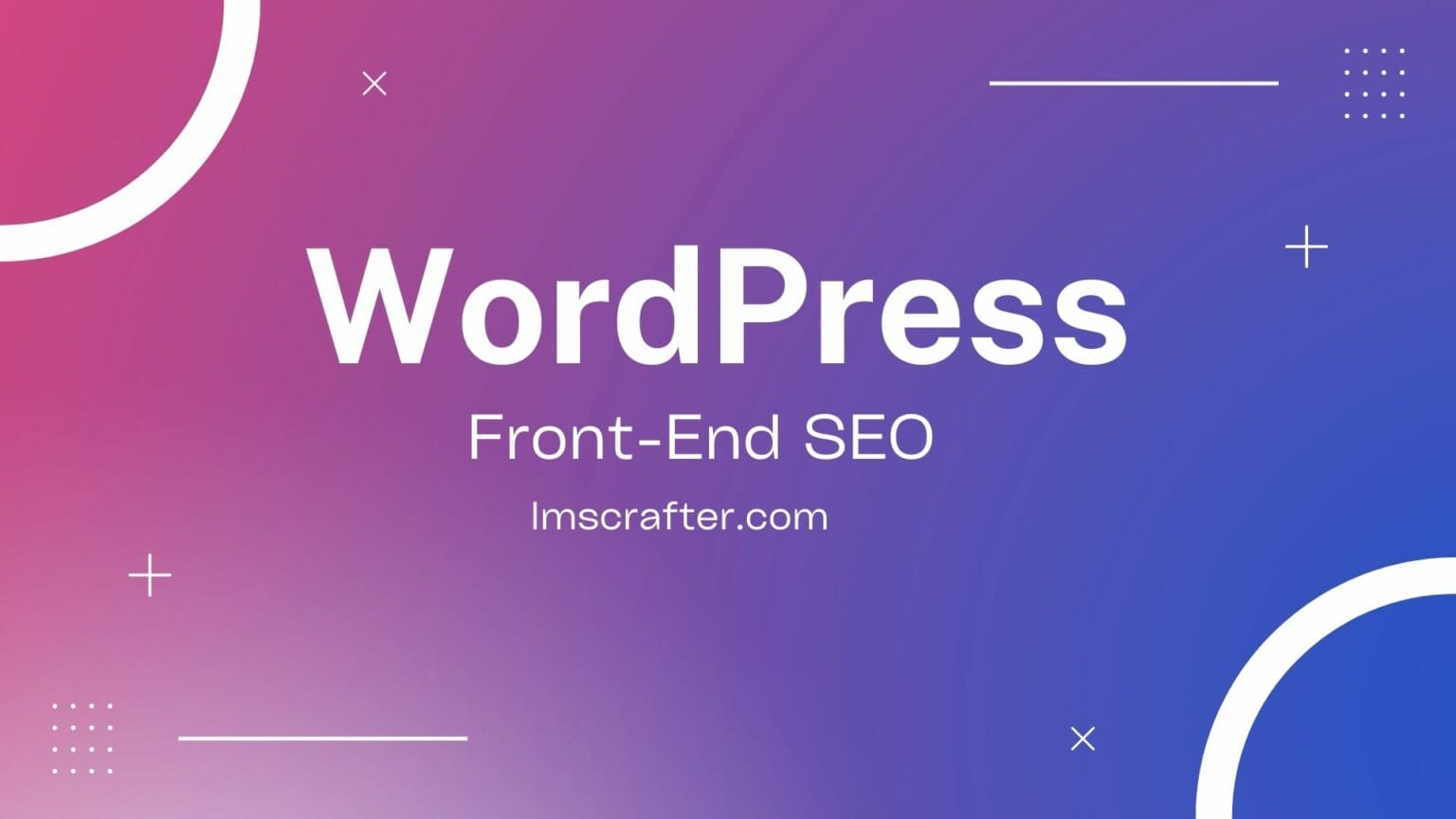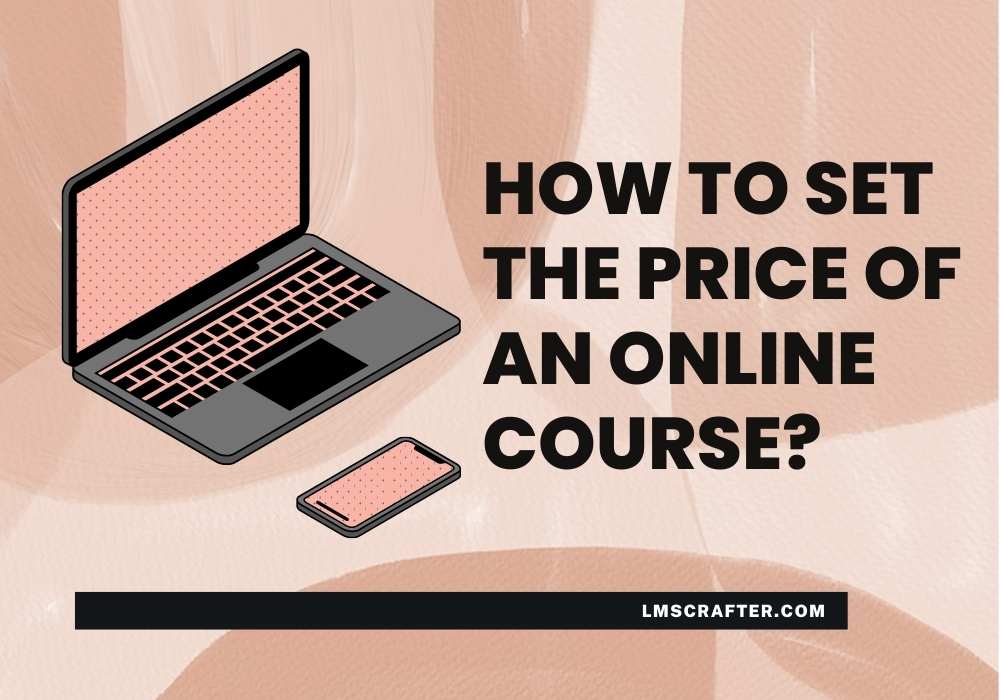
Setting a reasonable price of an online course is quite a critical decision to make. Positioning it too high can make your potential learners leave while fixing it too low can cost you a lot of wasted money.
Some people charge the lowest price of their course initially and then raise the price until they find an optimum level. For example, Thinkific CEO Greg Smith sold his first course at $29 initially. After testing and raising the price for many years, he finally sold the same course at $389. Yeah, that is quite a huge jump. This is a practical strategy but it takes a lot of time to test the price level again and again and then finds an ideal price.
In this article, first, we will discuss why setting the price of an online course at the lowest level is not a practical approach. Then we will provide 6 basic factors which affect the course price. By understanding and analyzing these factors, you can find the most suitable price option for your course. So, without further ado, let’s get to know these catalysts for price setting.
Table of Contents
ToggleWhy is “Too-Low” a Non-Practical Approach?

Laying a very low price of an online course is an issue that is faced by many new course creators, as they are unable to judge their course value and target market. To attract more and more customers to their course, they set a low price. However, it is not a realistic strategy because,
-
It Limits your Marketing Efforts:
Even if you are selling at a cheaper price, you will have to attract some customers. No one would know that a course really exists until they are informed. You still have to make leads and provide valuable content to turn them into sales. You will have to run some ads on Google or Facebook to attract people to your online course. Let’s say you have priced your course at $30.
You run Facebook ad campaigns and after a few campaigns, you analyze that each person you attract through the campaign (a lead) costs you $5. Out of 20 leads you generate, only 1 lead actually buys your course as the conversion rate is 5%. So, you spend $100 to sell a course worth $30. Does it make sense? Obviously not. You are losing $70 at each sale.
Moreover, you will not put that much effort into marketing your course for a few dollars, if it is priced very low. That’s why you must price at a level that provides you with a positive ROI (Return on investment).
-
It Devalues your Course
If you add more sugar, you will have more sweetness. A lower price of an online course directs lower value. You have put a lot of effort into making your course and online training is no less difficult than the physical one. Your sales process is also the same. You have to make the entire course with useful content and then craft a marketing strategy to sell it. If your course is cheap, it signals that the quality is cheap. You should make it a premium option in the market for branding purposes as well.
-
It Attracts Low-Quality Customers
As consumers, we treat things as we perceive their value and the price we have paid for their value. The way you will keep a highly-priced Louis Vuitton bag is much different than you keep a low-priced locally bought bag. This is true for overall consumer behavior as we value our money. The same goes for the course scenario. Setting a lower price of an online course will attract low-quality customers and most of them will not even complete the course. In the end, you need the learners to provide feedback and become your loyal customers as well but these kinds of learners will not be that much interested in providing you with a competitive advantage of having loyal customers.
-
It Diminishes your Value as an Expert
In the freelancing world, experts suggest charging the price of projects, first to identify your own value. When you charge a very low price, the client thinks that you won’t be able to provide high-quality work. If you have built an entire course around a topic and want to teach others that means you are already an expert in your field. When you charge a very low price of your online course, it lowers your own value. It signals that you yourself are not very capable lest teaching others.
-
Competing on price is useless
If you are thinking of competing on price levels, believe us, you are mistaken. There are countless free resources out there, which provide even more content than a single course can provide. When people are enrolling themselves in a course, they want a premium experience and structural learning rather than nudging here and there on free content. If you can provide that, people will pay demanded price of an online course without a hitch.
When to Sell Your Courses at a Lower Price?
However, there are some specific times and marketing strategies, where it becomes crucial to sell courses at a lower price.
-
During Pre-sell:
If you already have a mailing list or a very targeted group of people, you can pre-sell your course to them before the actual launch. You can take feedback from them and improve your course content and then increase the actual price. It also helps in getting testimonials which improve the credibility of your course.
-
Limited-Time Offer:
This is a marketing tactic where you fix a timeline of selling courses and after that, the course enrollment closes. Before a few hours or days of closing, an email is sent providing a limited-time offer of the reduced price before the enrollment closes. You may also provide a reduced price for those who have already purchased your other courses or services.
-
A Trump Card:
When you feel like a person is interested in your content, opens up your emails, reads blog posts, etc., and has been on your mailing list for several weeks, you can offer a discounted price as the last tactic to sell your course to that potential customer.
Key Factors To Consider When Setting Up Price of an Online Course

-
Income Goals
What are your income goals? Do you want to earn passive income through selling courses or this is your sole source of earning? How much do you want to earn from selling courses? If you want to earn $5000 and set your course fee at $200, you will have to sell to 25 people.
If you fix the price at $500, you need only 10 people to buy your course. Also, are you offering discounted prices to anyone or any coupons then add in them. So, you will know how many sales you need to make for a successful launch.
-
Perceived Value
Try not to sell at competing prices, rather provide premium quality. See what is the perceived value of your course and how it will impact the lives of those who take it. Does it offer any practicality or not??
If you have a smaller group, it is easier to provide support and premium service to a smaller group than to a larger group. So, you can meet your income goals by selling courses at a higher price but providing superior quality.
-
Marketing Expenses
No matter how excellent the content is, it is quite difficult to drive sales by organic traffic only. You will have to do some paid advertisement to get the traffic. If the price of an online course is too low, you will either cut the expenses by not doing enough advertising or you will be at a loss. So, do some simple MATH, calculate your marketing budget and set the price higher than what it costs to sell on the course.
-
Type of Content in the Course
How much content have you included in it? Does it include videos, quizzes, checklists, workbooks, pdfs, slides or simple docs files? Are you providing any discussion forums or membership platforms along with the course? Will you be providing continuous support and advice to implement what the students have learned? These are some questions you need to ask before setting up a price. Multiple types of content are provided so the learners can learn more efficiently but it also communicates that they are getting a lot more than what they paid for.
-
How Much will you Pay for the Same Course?
No one knows your efforts, countless hours of making the course and expenses incurred while learning all the stuff yourself. Make a representation of your perfect customer and think about what he will pay for the same course? You can yourself think of a buyer and assume what you will pay for a similar value? How will the course affect and improve the lives of your students? For example, if you are teaching a type of skill which costs hundreds of dollars if outsourced, you can take that into account as well.
-
Purpose of your Course:
There are multiple purposes of content. Some types of content are just lead magnets which are absolutely free. To know more about lead magnets and how they help to build an audience, check our article here. Sometimes, people make the whole course then extract its segment and sell it as a short course. Some courses include a lot of material and extra support which provides a premium experience. Figure out what is the level of your course and price it accordingly. Just to give you an idea here is the simple trick.
- Lead magnets – free
- Mini-courses – $100 to $300
- Flagship courses – $200 to $3,000+
- Advanced Courses – $2,000 to $5,000+
- Course plus coaching – $3,000 to $10k+

Don’t be like that penguin and set your course price after proper calculation and strategy. These are the most practical factors to set up the price for your course. If you are scared to set a higher price, you can provide installments. For example, if your course is priced at $1500, then paying 3 installments of $500 is easier than paying an upfront $1500. We hope these strategies work for you guys as well. Keep Growing…
